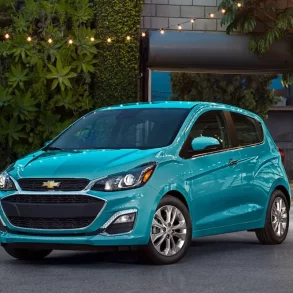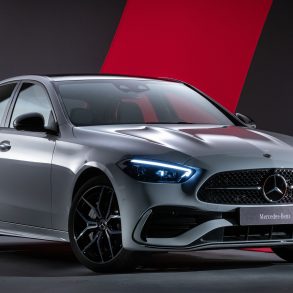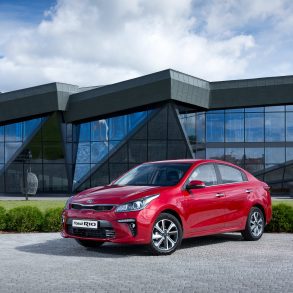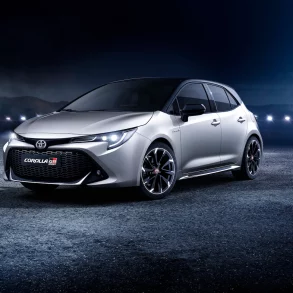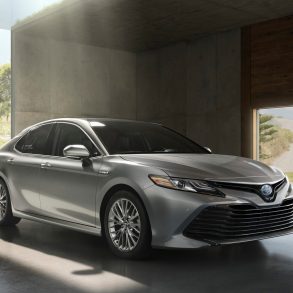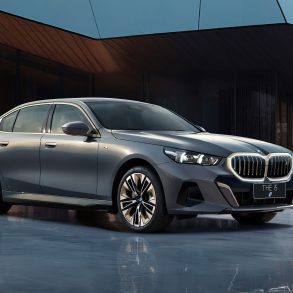Plymouth Horizon
A lower, sportier 3-door hatchback version of the Horizon was marketed under the Plymouth Horizon TC3 name, later renamed Plymouth Turismo. The Horizon and Turismo were replaced by the Plymouth Sundance in 1986, although production of the Horizon continued until 1990. Today, the Plymouth Horizon is remembered as a pivotal car for Chrysler. While it may not have the iconic status of some other vehicles, its role in helping Chrysler transition to a new era of automotive design and engineering cannot be understated.
Plymouth Horizon Overview
The Plymouth Horizon, along with its twin, the Dodge Omni, was a front-wheel-drive subcompact car introduced by Chrysler Corporation in the late 1970s. The Horizon and Omni were significant models for Chrysler, representing the company’s first earnest attempt at producing front-wheel-drive cars for the North American market. These models played a crucial role in helping Chrysler navigate the challenges posed by the fuel crises of the 1970s.
Development of the Horizon and Omni began in the early 1970s as Chrysler recognized the need for fuel-efficient, compact vehicles to compete with rising Japanese and European imports. The cars were developed with input from Chrysler’s European division, and they shared many components and design elements with the European-market Simca Horizon. The Plymouth Horizon and Dodge Omni were introduced to the U.S. market for the 1978 model year.
The cars were an immediate success, offering a combination of practicality, efficiency, and affordability that resonated with buyers, especially in the context of the fuel crisis. Both models were hatchbacks, providing a level of versatility that was popular with consumers. They featured transverse-mounted four-cylinder engines and front-wheel-drive layouts, which were still relatively novel for domestic American cars at the time. The interiors were designed to be roomy for the car’s size, and the vehicles were lauded for their good use of space. Initially, the Horizon was available with a European-sourced 1.7-liter four-cylinder engine, but over time, it was replaced with engines made in the U.S., including the 2.2-liter Chrysler inline-four.
In the mid-1980s, Chrysler introduced the Horizon TC3 and its Dodge counterpart, the Omni 024, which were sportier, coupe versions of the standard models. Later, a high-performance version known as the Omni GLH (which stood for “Goes Like Hell”) was introduced, featuring more aggressive styling and enhanced performance attributes.
The Horizon (and the Omni) continued in production until 1990. By that time, the automotive landscape had evolved considerably, and Chrysler was preparing to launch newer compact models.
Plymouth Horizon Sales Figures
They provided the company with a competitive offering in the subcompact segment, proved the viability of front-wheel drive for the American market, and laid the groundwork for future Chrysler FWD vehicles. Their success in the market helped stabilize Chrysler during a financially challenging period and played a role in the company’s recovery in the 1980s.
Plymouth Horizon US Sales Data & Charts
US Annual Sales
| Year | Sales Units |
|---|---|
| 1980 | 78,823 |
| 1981 | 75,377 |
| 1982 | 46,907 |
| 1983 | 56,763 |
| 1984 | 78,298 |
| 1985 | 84,500 |
| 1986 | 111,092 |
| 1987 | 46,460 |
| 1988 | 61,142 |
| 1989 | 39,315 |
| 1990 | 11,937 |
| 1991 | 505 |


